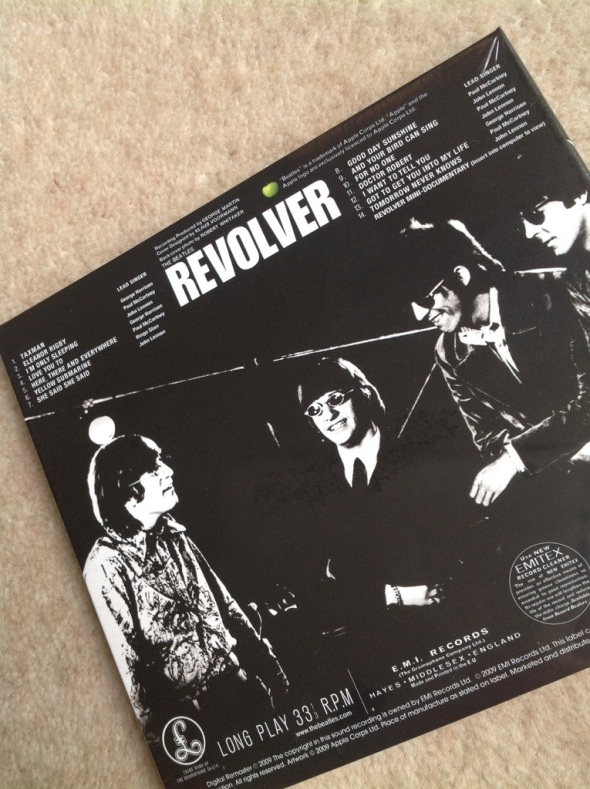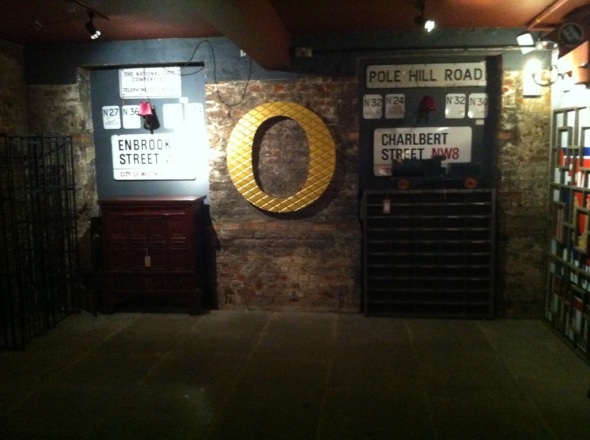Gig Journal: Wedding in Central London – 26th April 2014
May 4, 2014We played at a wedding reception last weekend, it went really well. The bride and groom were really nice, the crowd very responsive and the venue somewhat unusual (in a really good way).
The venue was Brunswick House in Vauxhall, just south of the river in Central London. It was a combination of restaurant and antique dealers – there were iconic London street signs, hotel marquees and lamp posts all over the place. If you’re ever looking for somewhere a bit different for lunch (or to buy an authentic piece of London street furniture), this is it.
About 3 weeks before the wedding, the bride and groom asked if we could play their first dance. We’re always honoured and excited to oblige as it’s something they and their guests will never forget. However, that also means we need to get it right!
We’re asked to play a range of songs for wedding first dances – some less obvious than others. We don’t play anything the Beatles never recorded (although our definition of ‘recorded’ is very broad sometimes!). In the past, we’ve done songs that have included ‘Something’ (acoustic), ‘Stand by Me’, ‘That’s Alright, Mama’, ‘In My Life’ and many, many others!
The issue this time was that they asked for ‘I’m Only Sleeping’ – a fantastic song John wrote for the Revolver album. While it’s a great song, it wasn’t in our repertoire.

I thought it might be interesting to share the process we go through in learning a new Beatles song, so here are the steps we took as a band:
1) Agree a plan
As a band, we are a democracy, so the first thing was to reach an agreement on what we wanted to do. No dramas on this one – we agreed to learn it. We all love the song, its been on our ‘to do’ list for years and it meant we could make the wedding extra special for our client, so everyone’s a winner! We then agreed we needed the song to be ‘gig ready’ by the time we had a rehearsal the Wednesday before the gig. That gave us 2 weeks.
2) Listen to the song
Most of the band are avid, obsessed Beatles fans and have been for more years than we would care to admit. Nevertheless, remembering how you think a song goes can be quite different to how it actually goes. We go back to square one and listen afresh, setting aside our preconceptions as best we can.
What we listen to is an important point here. The Beatles catalogue has been released so many times over the years in different formats, different mixes and even different versions. Some are obvious alternate takes (Anthology, here’s looking at you!), some are less obvious remixes (Yellow Submarine Songtrack is a good example), then we have the 2009 box sets, with stereo and mono mixes. The Love album and Beatles Rock Band also uncovered interesting things that had previously been too buried in the mix to spot.
Then there are all the live recordings, including the Live at the BBC albums to consider. After all, we are a live band, so what are we trying to recreate? The album recordings or their live performances?
With so many sources to listen to, we generally listen to them all and then make a judgement call on which aspects would translate best live. Often, this raises some interesting discussions during rehearsals! How we handle the final section of Hey Jude is a good example of this.
In this instance, the song is relatively uncomplicated, but we still had to learn and correct a few things. Ringo corrected some of our assumptions around timing between choruses and bridges, George identified a new pedal he would need to recreate the backwards guitar solo. John, George and Paul had to work through harmonies and some quiet background studio banter in the song. Who knew that John says “yawn, Paul!” And then Paul yawns?! I didn’t!
3) Learn and memorise the song
This part is just about each member of the band going away and practicing their part repeatedly. It is also about deconstructing the structure of the song to understand it, which then makes it easier to remember. This takes time because being able to sing along to the record is quite different to playing and singing it live. As fans, we generally know the structure (and the lyrics) for most of the songs, which gives us a head start.
4) Rehearse as a band
We have an advantage in that we have our own rehearsal space that we can use at any time. Although each of the band are really busy with their day to day lives, we try to find the time to rehearse. To get the most from this, all of the band come to rehearsal fully prepared. This usually means that 2 or 3 run-throughs are all it takes to agree the so g is ‘giggable’.
We then refine harmonies, tweak little details, and we’re done.
5) Perform the song
The moment of truth! I’m pleased to say that the first dance went without a hitch! Phew!
>



